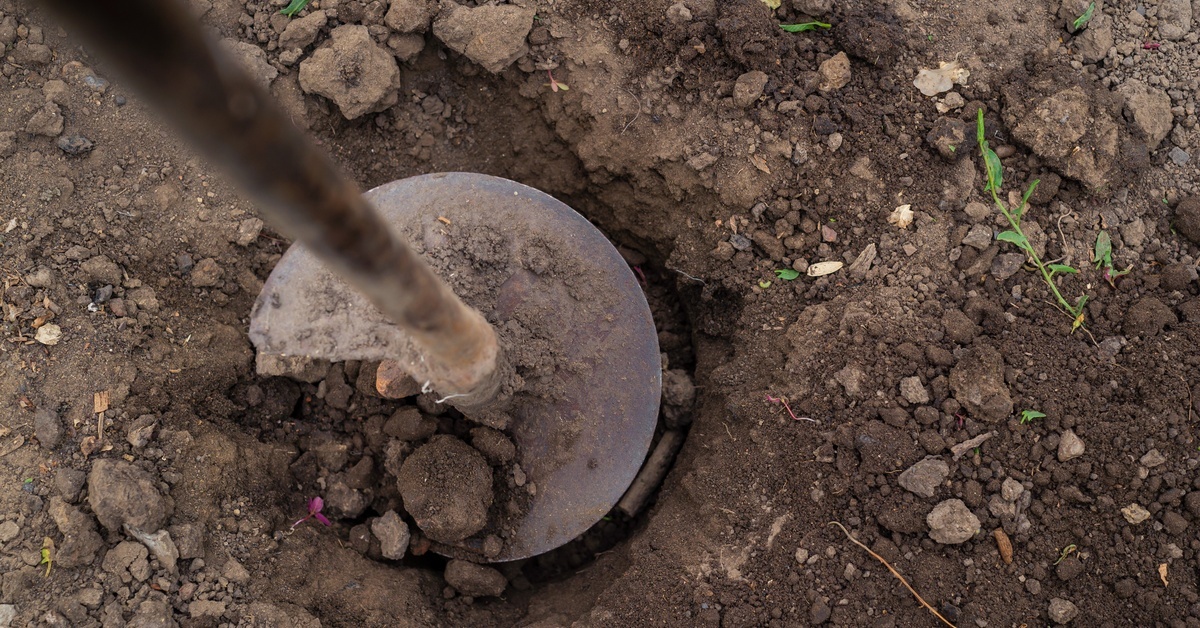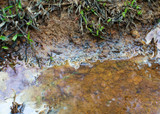What To Know About Termite Bait Station Installation Tools
Effective termite control not only safeguards structures from costly damage—it also offers homeowners and property managers peace of mind. Among the most efficient and environmentally conscious solutions for managing subterranean termites is the use of termite bait stations.
These systems have become a go-to choice for many professionals due to their precision, targeted impact, and reduced environmental footprint. However, the success of any baiting system starts with proper installation. The tools you use and how you use them can significantly impact the efficiency and effectiveness of your work.
This guide will walk you through the key considerations for what to know about termite bait station installation tools, including augers, power drills, and supporting field equipment that can make installations faster, easier, and more dependable.
How Termite Bait Stations Work
Termite bait stations function as a targeted and less invasive alternative to traditional liquid chemical treatments. Instead of saturating large areas with termiticides, these stations are strategically placed to intercept termites as they forage underground. Once the bait is discovered, termites feed on a slow-acting toxicant and bring it back to the colony, eventually resulting in colony elimination.
This method avoids widespread soil contamination and reduces overall pesticide use, making it a preferred choice in sensitive areas such as playgrounds, gardens, near foundations, and close to water sources. Because of their minimal impact and effectiveness over time, bait stations are highly favored by pest management professionals who value sustainability and long-term results.
Why Proper Tools Make a Difference
Consistent, accurate placement of termite bait stations increases the likelihood that termites will encounter the bait, remain undisturbed, and distribute it within the colony. Inconsistent installation can result in stations being overlooked, misaligned, or improperly seated in the ground—problems that reduce effectiveness.
The right tools not only help ensure optimal positioning but also reduce fatigue, increase speed, and improve safety for technicians in the field. Whether working on residential properties, commercial sites, or new construction zones, proper equipment directly influences the success of each installation.
Choosing the Right Augers

Pest control augers are among the most important tools for installing termite bait stations. Designed specifically for this application, augers help create uniform, cleanly drilled holes that provide a secure fit for each station. Depending on site conditions, augers can be operated manually or paired with a power drill for added power and speed.
Selecting the correct auger size is essential for peak station performance. A 1-3/4–2 in. diameter auger is typically best for Sentricon installations, while a 2-1/2–2-3/4 in. auger is ideal for Trelona and Advance systems. Using the appropriate size ensures a precise borehole that secures the station in place and minimizes gaps where termites could bypass the bait.
Enhancing Efficiency With Power Drills
Incorporating a high-torque power drill into your installation process can significantly improve efficiency, especially when working in tough soil conditions. When paired with a compatible auger, drills can also help clear debris, break through resistant layers, and refine hole depth to ensure the bait station sits flush with the ground. Flush installations preserve the dark, moist environment that subterranean termites prefer and help prevent interference from weather or foot traffic.
Adapting to Soil Conditions
Soil conditions play a significant role in determining which tools will be most effective. Sandy or loose soils are easy to penetrate but can collapse back into the hole, requiring added measures. Some professionals choose to moisten the area before drilling or wrap bait stations in biodegradable stabilizers, such as cardboard or paper sleeves, to keep the station intact.
Clay-heavy or compacted soils, on the other hand, present their own set of challenges. They retain moisture—an attractant for termites—but are denser and more difficult to drill. In these cases, using a high-torque drill with a flighted auger helps reduce wear on equipment and prevents overheating.
Conducting a site assessment prior to installation allows for better planning. Tailoring your tool selection based on terrain and soil type ensures your installations are consistent, efficient, and ready to attract termite activity.
Essential Supporting Tools

Even with a quality auger and drill, other supporting tools can make installation more precise and manageable. These include:
- Tile probes: Useful for locating underground obstructions.
- Concrete bits: Perfect for fast and accurate drilling through concrete.
- Concrete port covers: Great for covering stations without a locking top or soil cover.
- Cleanout augers: Ideal for cleaning and maintaining stations.
- Termite bait station pliers: Save time during the station inspection process.
In addition, personal protective equipment (PPE) is essential. Technicians should wear gloves for grip and protection against sharp debris and safety glasses to protect against flying particles when using powered tools.
Tool Maintenance for Peak Performance
Ongoing maintenance extends the life of your tools and ensures they’re always field-ready. Augers should be cleaned after each use, thoroughly dried, and stored in a dry location to prevent rust. In humid environments, applying a light lubricant to metal components provides extra protection against corrosion. For safety and storage convenience, wrap auger bits or store them in protective sleeves to avoid accidental injuries or tool damage.
Troubleshooting Common Installation Issues
Despite proper planning, unexpected conditions can still arise. If you encounter rocks or thick roots at the intended installation point, root cutters or pry bars can clear the obstruction. In more extreme cases, shifting the station slightly while sustaining the recommended spacing ensures full coverage without compromising the system’s integrity.
In hard-packed or dry soils, using a tile probe can loosen the surface before drilling. For wet or poorly drained areas, it may be necessary to install the station slightly deeper or relocate it to a more suitable section to ensure long-term functionality. These small site-specific adjustments help maintain the overall integrity and success of the baiting system.
Understanding what to know about termite bait station installation tools is essential for executing successful termite control strategies. We supply high-quality installation augers, cleanout augers, and universal tools designed specifically for termite bait station installation. Whether you’re a single technician or an entire team, we can help you build a kit that supports speed, consistency, and reliability in the field.
Recent Posts
-
10 Reasons Testing Groundwater Is Important
Groundwater is one of the most valuable resources we have. It provides drinking water for millions a …November 20, 2025 -
Why You Should Regularly Check Termite Bait Stations
In industries such as agricultural or groundwater management, unseen threats can quietly undermine y …November 12, 2025 -
How the Mining Industry Uses Sediment Sampling Data
In mining, the decisions made before the first shovel hits the ground can determine the success or f …September 26, 2025




